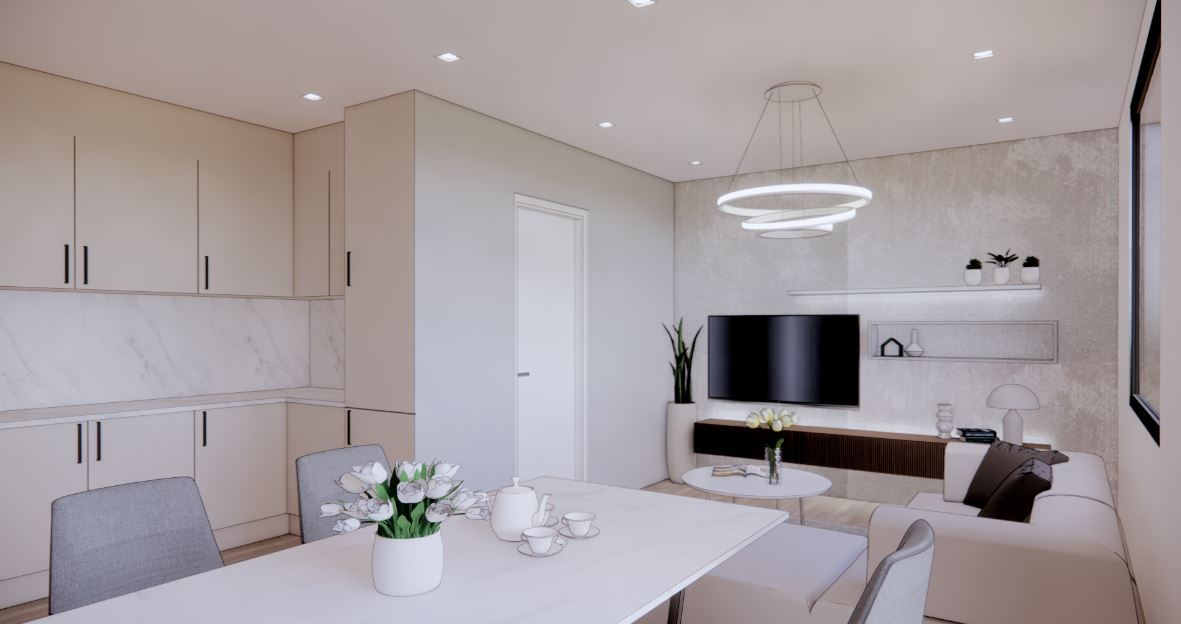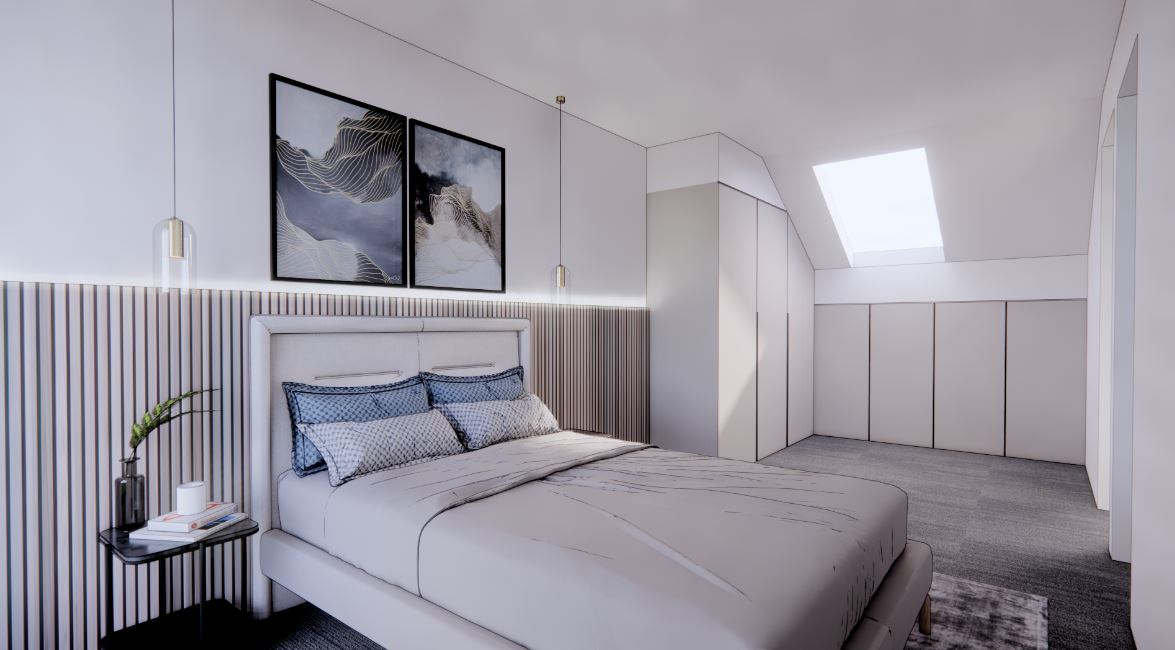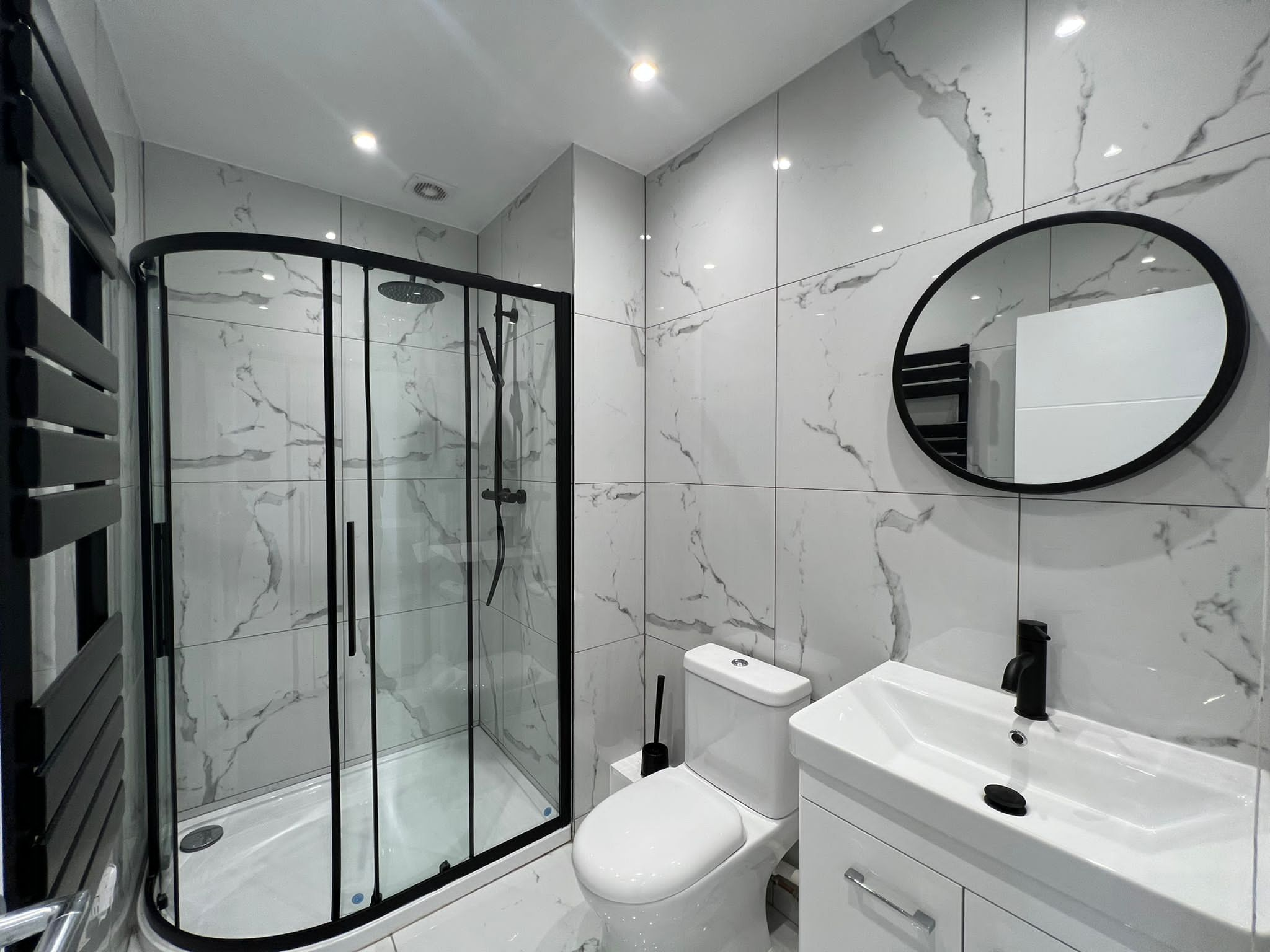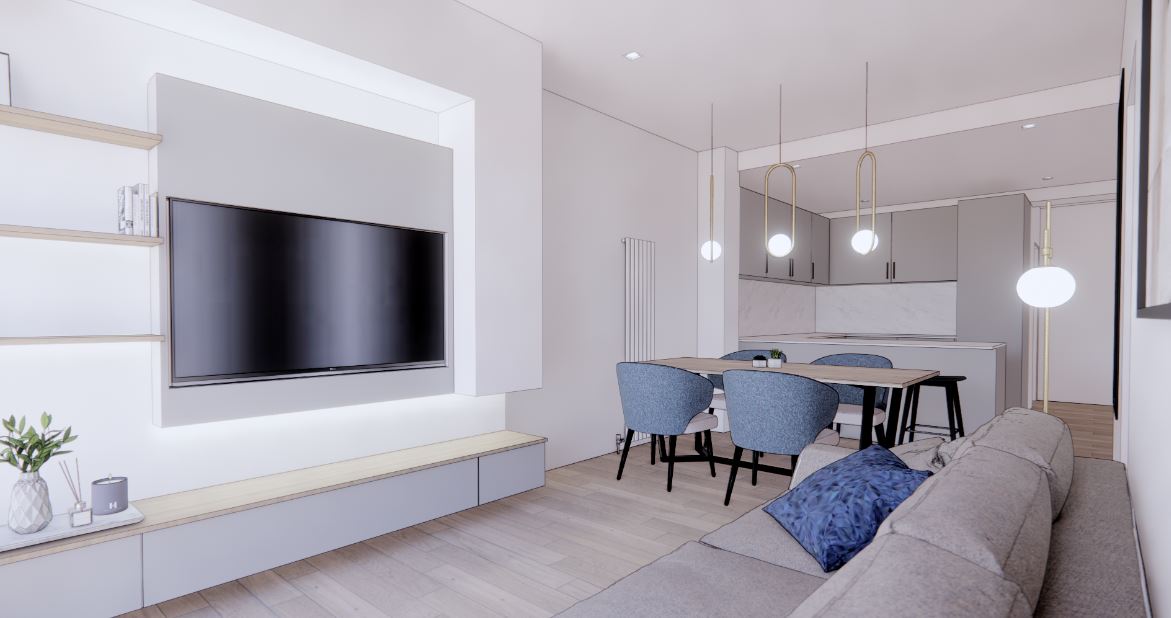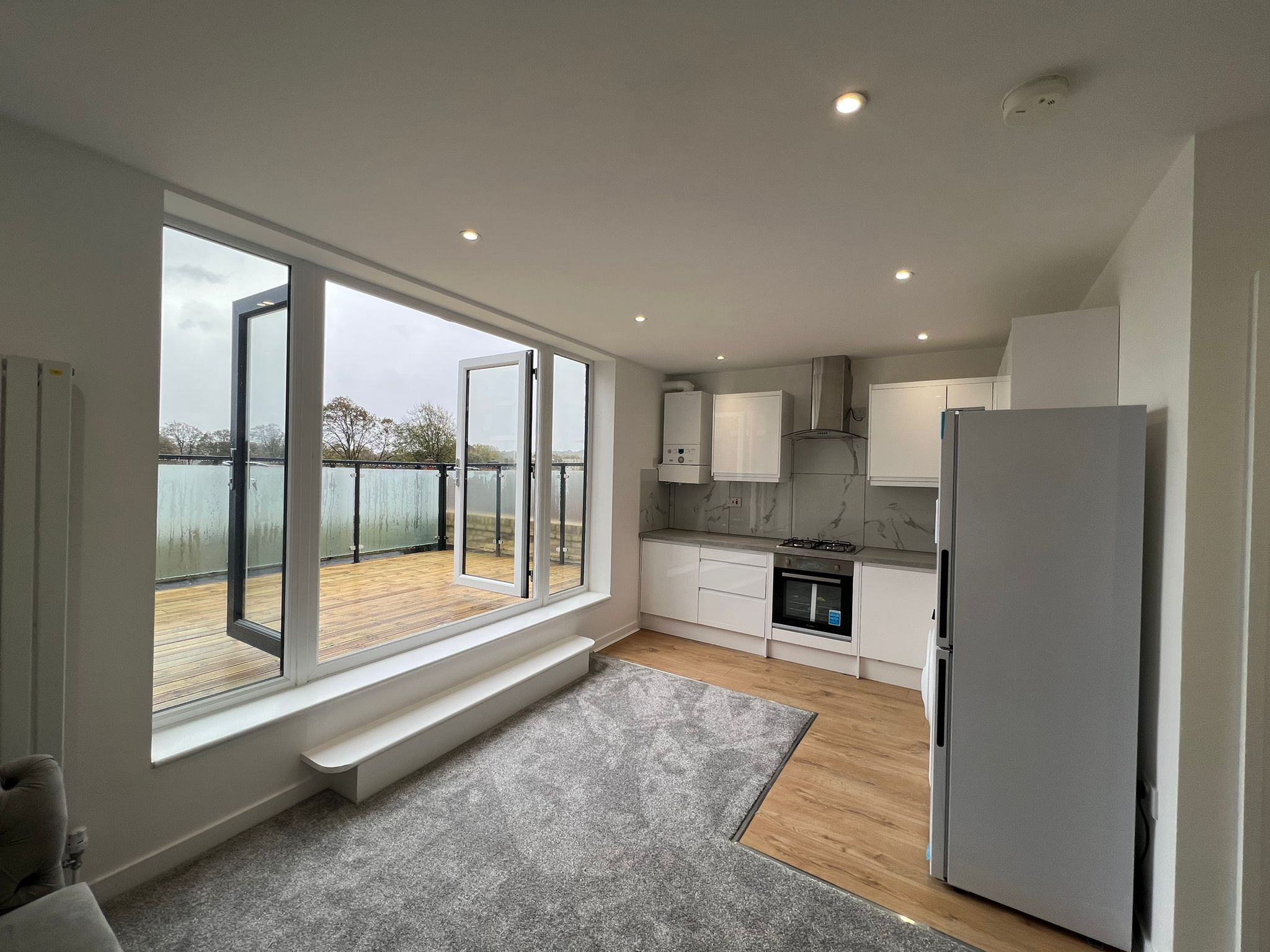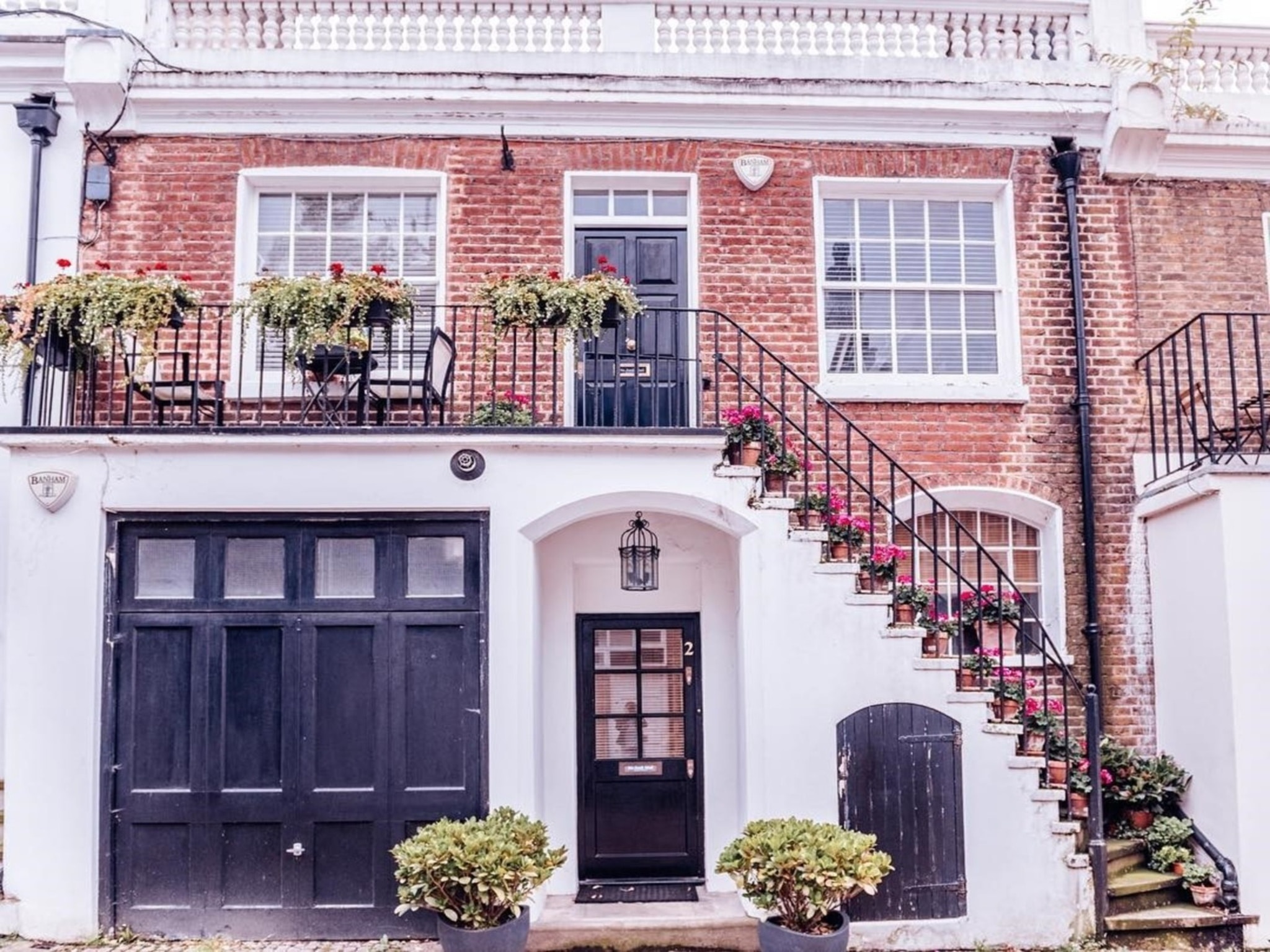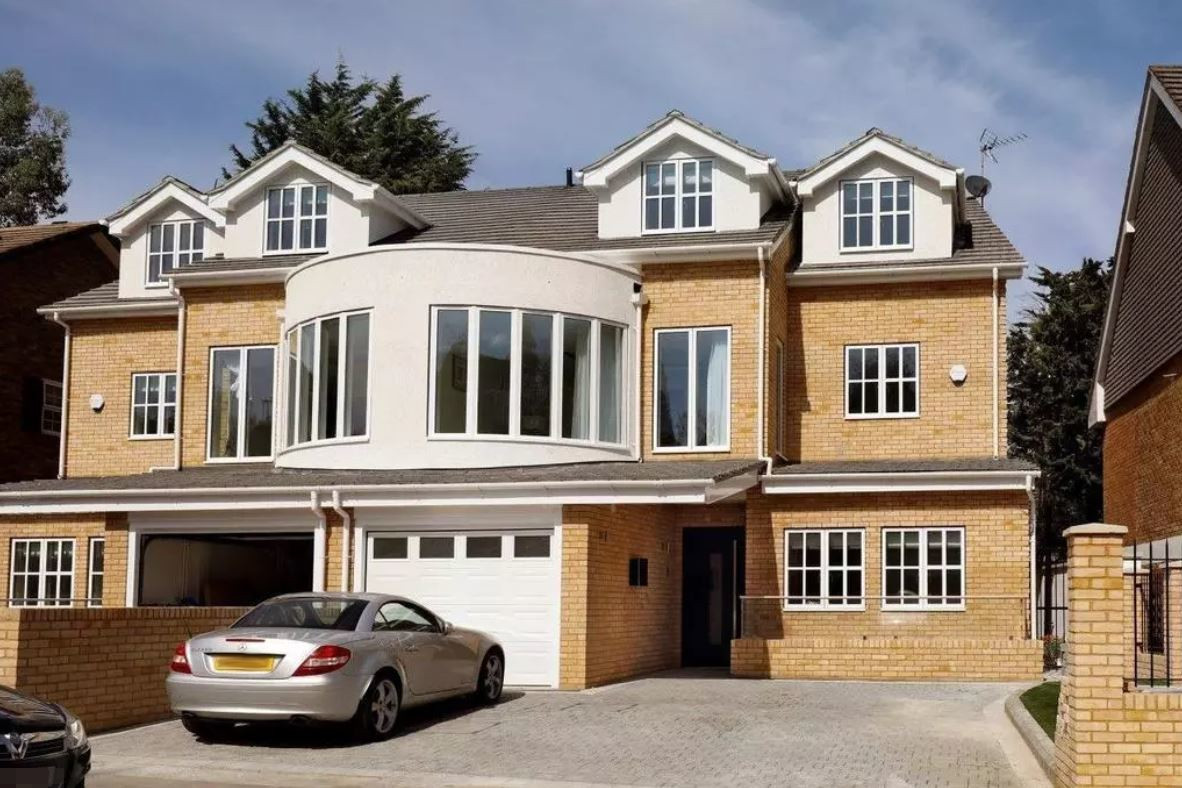What is the Meaning of an HMO?
Understanding the meaning of HMOs is fundamental to grasp their unique characteristics and significance in the UK housing market. Here are some key points to consider:
- Shared Occupancy: HMOs are designed to accommodate multiple tenants, typically three or more, who rent individual rooms within the property. Unlike traditional rental properties, where tenants form a single household, HMO tenants are unrelated individuals who share common areas while maintaining their private spaces.
- Shared Facilities: One defining aspect of HMOs is the sharing of amenities. Tenants within an HMO share facilities such as kitchens, bathrooms, and sometimes living areas. This shared arrangement allows for cost-effective housing options and fosters a sense of community among residents.
- Property Types: HMOs come in various forms, ranging from converted houses to purpose-built properties or blocks of flats. These properties are adapted to accommodate multiple tenants while providing necessary facilities and meeting safety requirements.
- Affordability and Flexibility: HMOs cater to a diverse range of tenants, including students, young professionals, and individuals seeking affordable housing options. The shared nature of HMOs often allows for reduced rental costs compared to individual tenancies, making them an attractive choice for those on a tight budget.
- Management and Regulations: Managing an HMO entails additional responsibilities for landlords. They must ensure the proper maintenance of shared facilities, manage tenant relationships, and adhere to specific regulations to ensure the safety and well-being of all occupants. Local authorities enforce licensing and regulatory requirements to maintain standards within the HMO sector.
Understanding the meaning of HMOs provides a foundation for comprehending their unique characteristics and implications. Whether you are a landlord or a tenant, familiarizing yourself with HMOs is essential to navigate the regulations, obligations, and benefits associated with this type of accommodation in the UK.
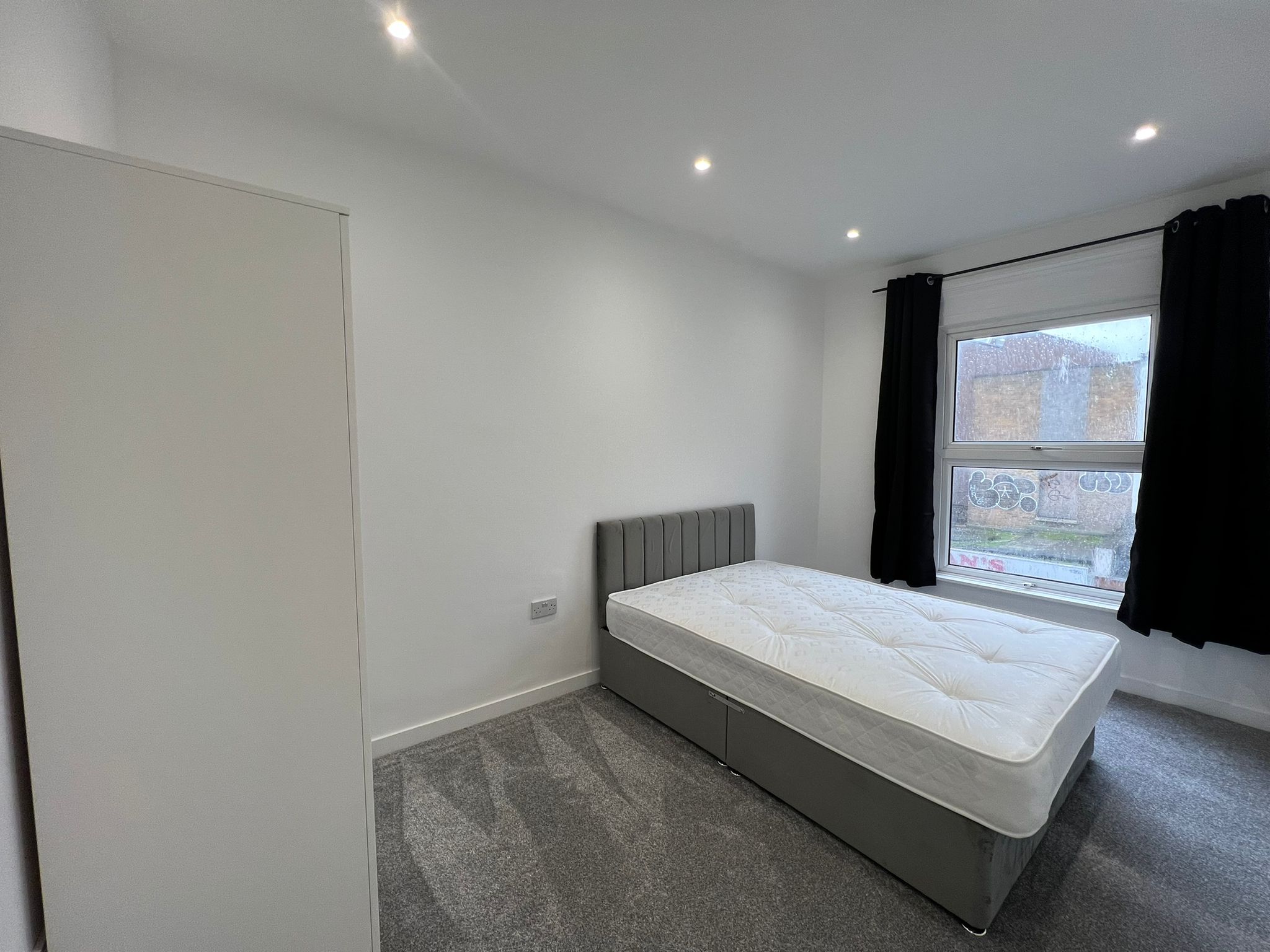
The table on HMO key attributes
| Key Points | Description |
|---|---|
| Shared Occupancy | HMOs are shared by three or more tenants who are not part of the same household. |
| Shared Facilities | Tenants within an HMO share common amenities such as kitchens and bathrooms. |
| Property Types | HMOs can be converted houses, purpose-built properties, or blocks of flats. |
| Affordability and Flexibility | HMOs offer cost-effective housing options and attract a diverse range of tenants. |
| Management and Regulations | Landlords have additional responsibilities to maintain shared facilities and comply with regulations. |

Why might an HMO Conversion be a good idea for my property?
The financial business model of House in Multiple Occupation (HMO) involves renting out individual rooms within a property to multiple tenants, rather than renting the property as a whole to a single tenant or family. This model has become popular in today’s climate, particularly in London, for several reasons.Firstly, HMOs can generate higher rental yields compared to traditional rental properties. By renting out individual rooms, landlords can maximize the income potential of a property, as multiple tenants contribute to the overall rental income. This can be particularly advantageous in areas with high demand for affordable and shared accommodation, such as London, where rental prices are generally higher.
Secondly, the rising cost of housing in London has made it challenging for many people to afford renting or buying their own property. HMOs provide an affordable housing option for individuals who are willing to live in a shared environment to reduce their housing costs. This has contributed to the increased demand for HMOs as an affordable housing solution in the city.
Lastly, the flexibility and adaptability of HMOs have also made them popular. HMO properties can be converted from existing residential properties, providing an opportunity for property owners to optimize the use of their assets. This flexibility allows investors and landlords to diversify their portfolios and potentially increase their rental income.
HMO Conversion – Do I need Planning Permission?

Using permitted development rights for an HMO conversion in London can be a convenient way to change the use of a property from a single-family dwelling to a house in multiple occupation without the need for a full planning application. However, it’s important to note that permitted development rights for HMO conversions may not always be available in London, especially with the increasing prevalence of Article 4 Directions in many boroughs.Article 4 Directions have become more common in most London boroughs to address the concerns of the impact of HMOs on local communities. These directions effectively remove or restrict permitted development rights for HMO conversions, meaning that planning permission would be required even if permitted development rights exist in general. Local planning authorities implement Article 4 Directions to have greater control over changes of use from single-family dwellings to HMOs, allowing them to assess the impact on the local area and consider factors such as the concentration of HMOs, housing quality, and neighborhood character.
Therefore, it is crucial for property owners and developers in London to carefully review the specific regulations and requirements of the local planning authority for HMO conversions. This will help determine whether permitted development rights are available or if a full planning application is necessary due to the presence of Article 4 Directions. Consulting with the local planning authority or seeking professional advice from an architect or planning consultant is highly recommended to ensure compliance with the applicable regulations and to navigate any restrictions or limitations that may be in place.
Mandatory HMO Licensing:
In the UK, certain HMOs require mandatory licensing to ensure that they meet specific standards of safety, management, and amenity provision. To determine whether an HMO requires a license, three key criteria are considered:
- The property is occupied by five or more individuals forming two or more households.
- The property is a minimum of three storeys high.
- The tenants share some amenities, such as bathrooms, toilets, or kitchen facilities.
If all three criteria are met, the HMO must be licensed with the local authority in which it is located. Failure to obtain the required license is a criminal offense, and landlords can face substantial fines or even prosecution.
Additional Licensing: Some local authorities in the UK have introduced additional licensing schemes that require smaller HMOs, not meeting the mandatory licensing criteria, to obtain a license. These additional licensing schemes aim to improve the standards of HMOs and ensure the well-being of tenants.
Rules and Regulations for HMOs
Standards and Management: HMOs must adhere to specific standards and regulations to guarantee the safety and comfort of tenants. These regulations cover various aspects, including:
- Fire Safety: HMOs must have adequate fire detection and prevention measures, including fire alarms, fire doors, and fire-resistant furniture.
- Gas and Electrical Safety: Regular inspections and certifications of gas and electrical installations are mandatory to ensure tenant safety.
- Amenity Provision: HMOs must provide adequate bathroom, toilet, and kitchen facilities, ensuring they are well-maintained and in good working order.
Health and Safety Requirements: Landlords must ensure that HMOs comply with health and safety regulations, including:
- Adequate ventilation and heating in the property.
- Provision of suitable waste disposal facilities.
- Regular maintenance and upkeep of the property to ensure it remains in a good state of repair.
Management Responsibilities: HMO landlords have additional responsibilities, including:
- Providing written tenancy agreements outlining the terms and conditions of the tenancy.
- Conducting regular inspections of the property to identify and rectify any issues promptly.
- Responding to tenant complaints and concerns in a timely manner.
- Complying with relevant data protection laws when handling tenant information.
Throughout our experience in HMO Conversions, we have encountered issues, and like any professional, have learned from these misunderstandings in order to now provide a smooth, unchallenged process from planning to construction.
One area that our project managers have learned from previous mistakes is through the building regulations process. Some of these lessons included:
- Fire Safety: For large HMOs with small gardens, typical of central London townhouses, a wireless fire alarm system will not suffice. It is important to consult with an architect to understand and recommend a wired system for your HMO.
- Kitchens must have an extractor that extracts at a specific velocity externally. Filter/Recirculation extractions will not suffice.
- Fire extinguishers / fire blankets are required at every level.
Summary:
HMOs play a vital role in providing affordable housing options in the UK, particularly for students and young professionals. Understanding the meaning of HMOs, licensing requirements, and associated rules and regulations is essential for landlords and tenants alike. By adhering to these regulations, landlords can ensure the safety and well-being of tenants, while tenants can enjoy a comfortable and secure living environment.